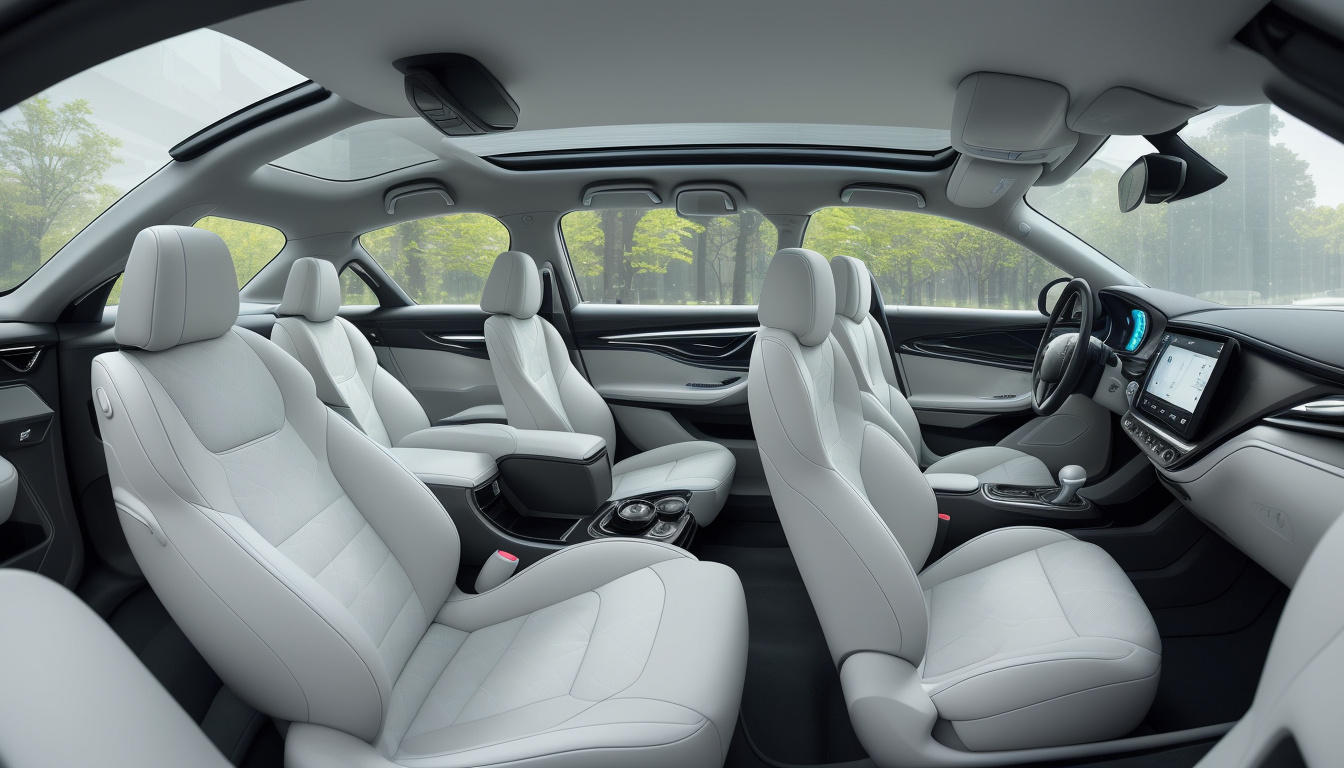Vehicle Interior Air Quality Monitoring Technology Market Set to Double by 2035 Amid Rising Health Concerns and Technological Innovations
July 11, 2025 – The global vehicle interior air quality monitoring technology market is projected to experience significant growth over the next decade, expanding from USD 1.3 billion in 2025 to USD 2.6 billion by 2035. Marking a robust compound annual growth rate (CAGR) of 7.2%, this market surge is being fueled by increasing consumer awareness of health implications tied to poor indoor air quality, especially within vehicle cabins, as well as advances in sensor technology and the rising prevalence of electric and autonomous vehicles.
Market Overview and Segmentation
The vehicle interior air quality monitoring market predominantly comprises hardware components, which are anticipated to hold approximately 65% of the market share by 2025. These hardware assets include sensors, controllers, and chipsets essential for real-time air quality assessment inside vehicles. Leading manufacturers such as Honeywell International Inc., Robert Bosch, and DENSO are spearheading innovation in particulate matter and volatile organic compounds sensing technologies.
When examining applications, cabin air quality monitoring commands a 35% market share, underlining the focus on passenger health and comfort. This segment is driven by technologies designed to detect contaminants like carbon monoxide, allergens, and hazardous gases, enabling vehicles to automatically adjust ventilation and filtration systems.
Technology-wise, infrared-based detection is projected to capture a quarter of the market share by 2025. This non-invasive method is prized for its precision in identifying gases such as CO₂ and nitrogen dioxide. Enterprises like Osram and Raytheon are enhancing these infrared systems to improve sensitivity and integration with automotive HVAC systems.
From a vehicle type perspective, passenger cars are expected to dominate with a 55% share by 2025. OEMs including Toyota and Ford are integrating advanced air quality monitoring systems to meet rising consumer demand for healthier and safer driving environments. Premium vehicles feature HEPA-filter-supported sensors and personalized zone-based air quality monitoring, often linked to mobile apps offering real-time cabin diagnostics.
Market Drivers and Dynamics
The rapid expansion in this sector is notably influenced by heightened regulation and consumer health consciousness. Stricter emissions laws and air quality standards, particularly in Europe and North America, mandate the installation of in-cabin particulate and gas sensors. For instance, EU in-cabin air quality standards have been enforced on passenger car models since 2024, incentivizing automakers to adopt comprehensive air monitoring technologies.
Dr. John McKeon, CEO of Allergy Standards Limited (ASL), remarked, “Advances in sensor technology and smart vehicles mean that how and when we use our cars is changing. Just as air pollution and indoor air quality have become essential for healthy homes, car cabin air quality is now also under scrutiny.”
Nevertheless, challenges remain for widespread adoption. Elevated costs associated with high-precision sensors, complex integration with existing HVAC and battery management systems, and the difficulty of retrofitting older vehicle models present significant obstacles. Mid-tier manufacturers often opt for simpler, filter-based solutions due to these constraints.
Regional Growth Prospects and Market Leaders
Regionally, the Asia Pacific market, especially in countries like China, India, and Japan, along with European nations such as the United Kingdom and Germany, are leading growth zones. Countries including the United Kingdom and China are forecasted to exhibit impressive CAGRs exceeding 10% during 2025–2035, reflecting strong industrial investment and regulatory frameworks supporting vehicle air quality improvements.
Additionally, OECD countries collectively are expected to achieve an average CAGR of nearly 9.8% across this period, indicating a global momentum toward healthier vehicle environments.
Key industry players making substantial advances alongside Honeywell, Bosch, and DENSO include MAHLE, Emerson, Sensirion, LG, SGS, and the Eberspächer Group. These companies are developing integrative hardware and software solutions that combine sensor data analytics with adaptive ventilation controls to enhance in-transit air quality.
Looking Ahead
With growing urbanization, increased time spent commuting, and escalating concerns about air pollution and airborne illnesses, vehicle interior air quality monitoring technologies are poised to become standard features in future automotive designs. The integration of these systems with connected vehicle technologies and smart HVAC systems promises real-time pollutant management, supporting passenger health and comfort.
While high implementation costs and technical integration present hurdles, ongoing innovation and regulatory pressures are expected to overcome these challenges. Thus, the vehicle interior air quality monitoring technology market is set not only for substantial growth but also for strategic importance within the broader automotive and smart connected technology landscape by 2035.










